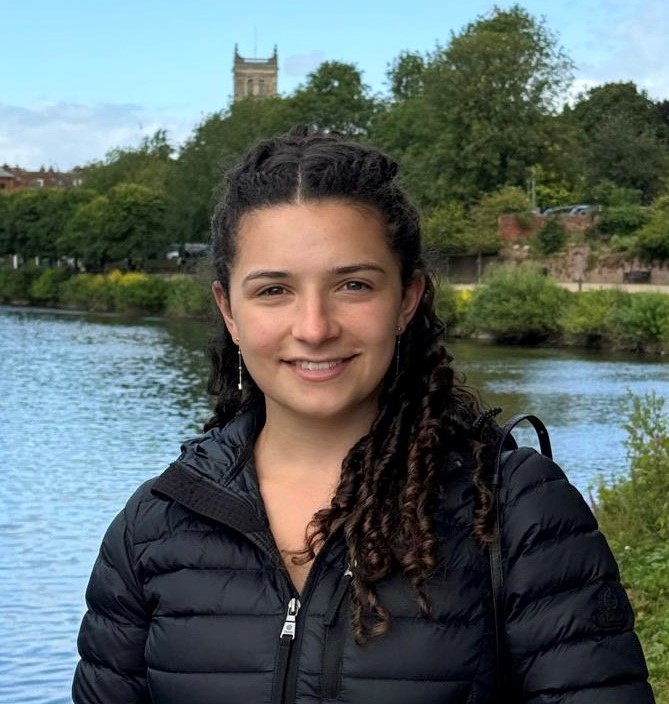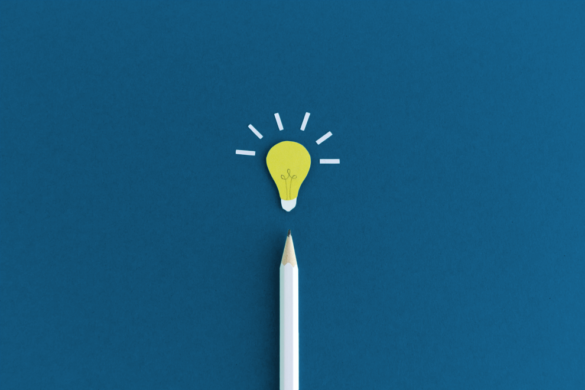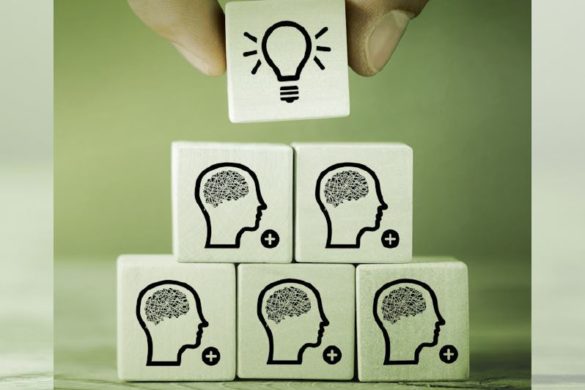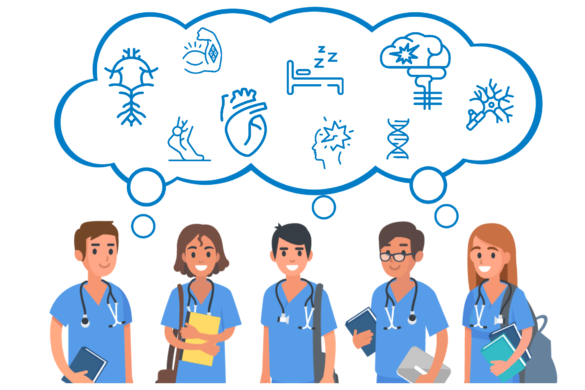by Sophia Wolfram, United Kingdom, 3rd year student
I am currently studying neuroscience, physiology and pathology at the University of Cambridge and flew out to Helsinki, Finland on a travel grant award, shortly after my second-year exams. When in between university exams, it is easy to find yourself in a bubble of marks and curriculum, becoming detached from real world science and business. The EAN Congress was my way of combatting this. Helsinki decided for me that I should get the most of my conference visit, with the sun waking me up at a painful time of the morning, given the 20-hour daylight during midsummer. I came to realise this was fortunate, as the conference centre was a city in itself, with 11 conference rooms running in parallel, workshop rooms and research presentation venues, as well as an exhibition hall with companies ranging from start-ups to leading pharmacological producers.
I had to triage the list of specialist talks, attempting to strike a balance between topics I was already interested in, such as migraine and motor disorders like Parkinson’s disease and those that I knew little about and therefore had more to gain from. These lectures were given by world leaders in their specialties and showed data at the very cutting edge of neurology. I learned fairly quickly that attempting to remember all the details of the research was futile, but the knowledge I gained from simple exposure to new techniques, treatments and rare cases was immense, leaving me with a long list of further research to be done. It is an obvious but important point that it is impossible to become interested in things which you do not know about! This is a key reason why conferences like this are still so important.
Another huge benefit for me was the preparation it gave for my upcoming summer research project on neurological immune related adverse events following immune checkpoint inhibitors used for cancer treatment. This requires knowledge of peripheral neurological conditions, such as GBS, myasthenia and myositis as well as how to diagnose the difference between them. I knew the theory of electromyograms to differentiate, but I had a large gap in knowledge from my understanding of the diseases to the actuality of analysing an EMG trace for diagnosis. I attended an in-person workshop on EMG analysis, with lectures from several experts and a live demonstration (on a healthy subject). Seeing raw, live traces gave me a huge boost in both knowledge and confidence going into my project.
In between lectures, I visited the exhibition hall – a sample of the patient facing world, compared to the science of the lectures. Along with copious amounts of complimentary coffee, I was exposed to the latest pharmacological, serological and electrophysiological treatments. It re-affirmed my belief that there is about to be a revolution in care for psychological and neurological conditions – something I want to be a part of. In the gaps between conference attendance, I also enjoyed exploring Helsinki. It has a unique atmosphere with reserved perfectionism and thought intertwined into everything; the architecture, public transport and libraries where I learned you can rent things from a car to sourdough starter yeast! I came away from EAN 2024 with new connections, knowledge, leads and enthusiasm for a future career in neuroscience and the biosphere in general.








